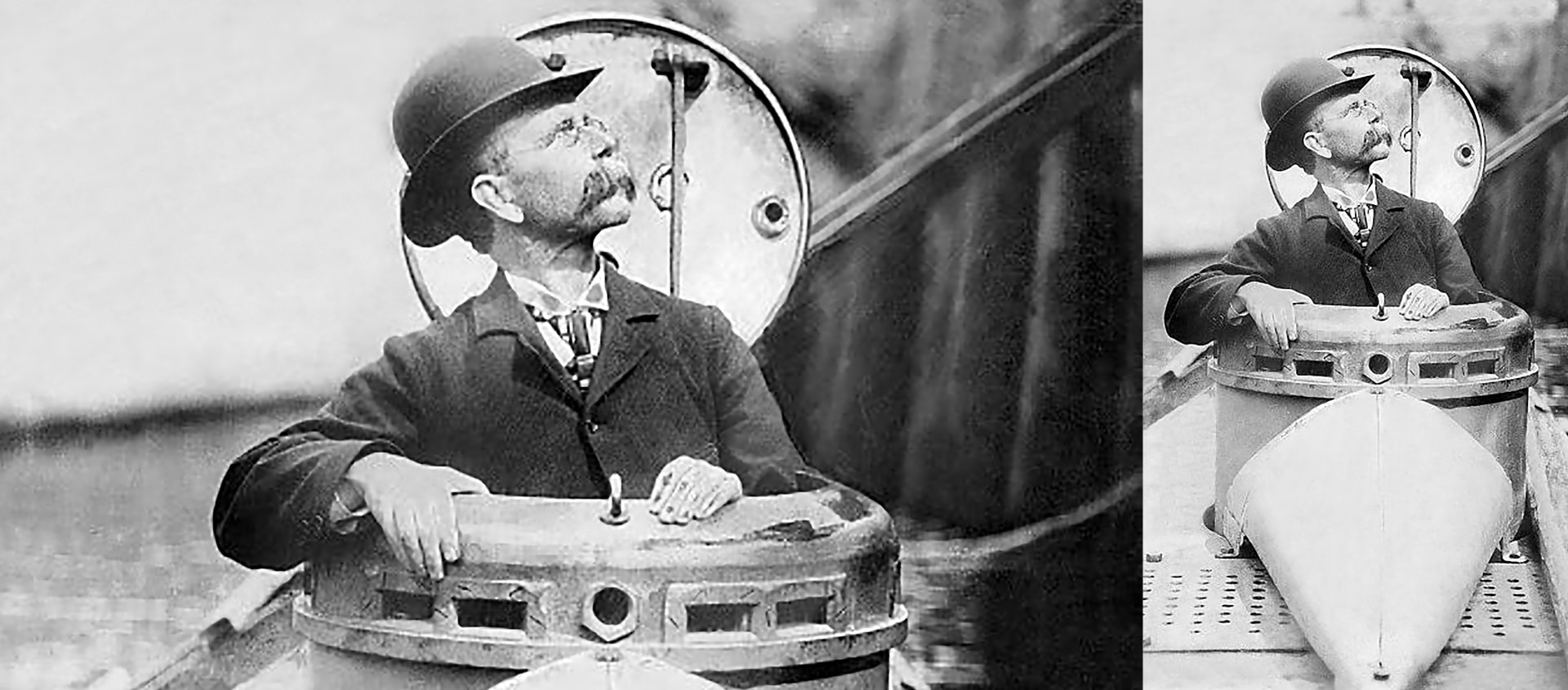
Eureka! Module - Lesson 4: Invention & the Economy
Objectives: In this lesson, students will differentiate between invention and entrepreneurship. Students will explain that an inventor develops a new good or service to help solve problems and/or increase productivity (i.e. more goods or money in less time). Students will explain that an entrepreneur is someone who risks money to bring a new or improved product (invention) or service to market. An entrepreneur may or not be the inventor.
Vocabulary: entrepreneur, income, profit, productivity, revenue, employee, employer Description: The purpose of this lesson is to teach students how inventions impact the economy by bringing jobs or other resources to a community.
Description: The purpose of this lesson is to teach students how inventions impact the economy by bringing jobs or other resources to a community. Visit EconFun for additional lesson plans on invention and the economy.
Targeted Standards in Lesson 4
Common Core State Standards Grade 4 English Language Arts
- RI.4.1. Refer to details and examples in a text when explaining what the text says explicitly and when drawing inferences from the text.
- RI.4.2. Determine the main idea of a text and explain how it is supported by key details; summarize the text.
- RI.4.3. Explain events, procedures, ideas, or concepts in a historical, scientific, or technical text, including what happened and why, based on specific information in the text.
- RI.4.5. Describe the overall structure (e.g., chronology, comparison, cause/effect, problem/solution) of events, ideas, concepts, or information in a text or part of a text.
- RI.4.7. Interpret information presented visually, orally, or quantitatively (e.g., in charts, graphs, diagrams, time lines, animations, or interactive elements on Web pages) and explain how the information contributes to an understanding of the text in which it appears.
- RI.4.9. Integrate information from two texts on the same topic in order to write or speak about the subject knowledgeably.
New Jersey Grade 4 Social Studies Standards
- 6.1.4.C.3 – Explain why incentives vary between and among producers and consumers.
- 6.1.4.C.4 – Describe how supply and demand influence price and output of products.
- 6.1.4.C.5 – Explain the role of specialization in the production and exchange of goods and services.
- 6.1.4.C.6 – Describe the role and relationship among households, businesses, laborers, and governments within the economic system.
- 6.1.4.C.12- Evaluate the impact of ideas, inventions, and other contributions of prominent figures who lived New Jersey.
- 6.1.4.C.13- Determine the qualities of entrepreneurs in a capitalistic society.
New Jersey Grade 4 Math Standards
- 4.MD.2 – Use the four operations to solve word problems involving distances, intervals of time, liquid volumes, masses of objects, and money including problems involving simple fractions or decimals.
New Jersey Grades 3-5 Technology Standards
- 8.2.5.B.4- Research technologies that have changed due to society’s changing needs and wants
- 8.2.5.C.3 – Research how design modification have lead to new products
- 8.2.5.A.3 – Investigate and present factors that influence the development and function of products and systems, e.g. resources, criteria and constraints
- 8.2.5.A.4- Compare and contrast how technologies have changed over time due to human needs and economics, political and/or cultural influences
Pacing Guidelines:
Lesson can take 45-60 minutes to complete.
Step 1
Introduce the lesson by asking students if they ever had a lemonade stand or in the example highlighted within the activity sheet, a blueberry pie stand (the blueberry is New Jersey’s state fruit!). Ask: Why did you or why would someone have a blueberry pie stand? (To make money). Ask them to turn and talk to a classmate about all the things they would need to buy in order to have a blueberry pie stand.
Step 2
Have the students share all the things they need to buy (flour, sugar, eggs,). Explain that they would need to buy all of these things before making any money. So the money they spent is their start – up cost. Ask students if they know what profit means. Explain that profit is the money left over from the sale, after the entrepreneur pays all of the cost. (Use activity sheet, “A Blueberry Pie Stand”.)
Step 3
Explain that when more work can be done in the same period of time, it is called an increase in productivity. (Use activity sheet, “A Horse Grooming Business”.) Explain that by grooming more than one horse at a time, the entrepreneur was able to increase their profit, making more money.
Step 4
Ask students to think about the inventions they are learning about. Work in a small group to choose an invention to explain how it has impacted the economy. (Use the worksheet, “5 W’s of inventing” to help students organize their thoughts).
Step 5
To close the lesson, have students complete an Exit Slip showing what they learned from the lesson. Or, you can make a list of inventors and their inventions. Have students decide if the inventor is simply an inventor or an entrepreneur.


